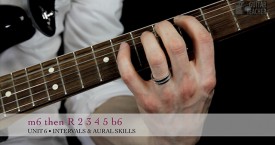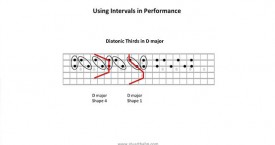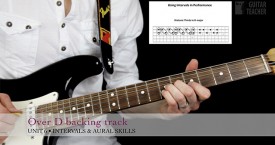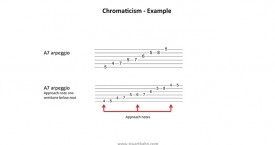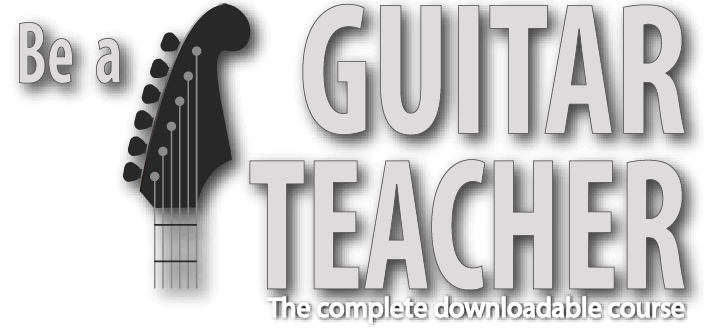Be A Guitar Teacher – Unit 6
Be A Guitar Teacher Unit 6 examines how to teach some of the less obvious, though highly valuable, aspects of guitar playing.
Most important of all is how to teach rhythm to your guitar students. This area of study is often overlooked. However, good timing and a sound understanding of rhythm is essential to achieving success on any instrument.
Not all students have a good musical ear. Similarly, not all students are naturally good at reading rhythmic notation.
To be a successful guitar teacher you must have a variety of approaches to teaching rhythm, in order to teach rhythm effectively to the many different guitar students you will meet. Unit 6 of Be A Guitar Teacher shows tried and tested approaches to teaching rhythm and timing, saving you hours of trial and error and helping you retain students for longer.
Until 6 also show guitar teachers how to teach aural skills to guitarists. Your students will benefit enormously from the ability to recognise chord changes and intervals. Be A Guitar Teacher shows you a number of effective approaches to developing your students’ aural skills.
Finally unit 6 shows you how to teach your guitar students to use intervals as an improvisational device. This applies to both rhythm guitar and lead guitar playing, and opens up further opportunities for setting your students new challenging tasks.
You will also look at how to teach some of the more advanced approaches to using scales and arpeggios.
How to teach rhythm on guitar
- Tablature and notation
- Teaching rhythm
- Teaching straight and swing
- Further rhythm reading
- Time signatures
How to teach aural skills to guitarists
- Teaching aural skills
- Intervals, progressions and melodies
Using intervals in improvisation
- Intervals in performance
- Thirds
- Sixths
- Octaves
- Tenths
- Fourths
- Fifths and sevenths
Advanced approaches to using scales and arpeggios on guitar
- Chromaticism in performance
- Superimposing arpeggios and pentatonics
